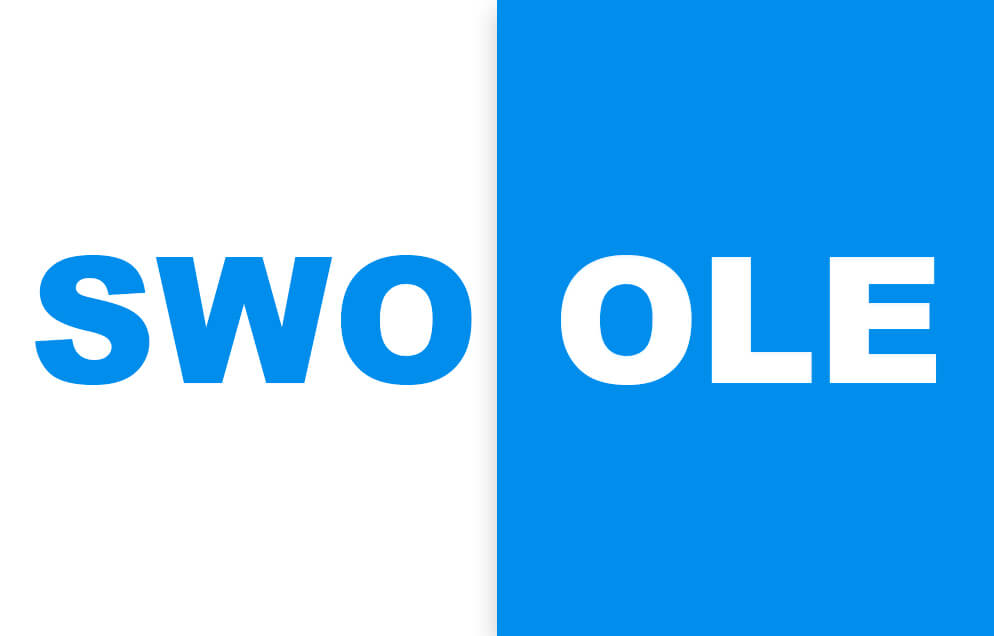变量与基础运算
字节 B = Byte,位 b = bit,1 Byte = 8 bit,8 Mb = 1 MB
- bool 布尔 true/false 1byte
- char 字符 1byte
- 一个字符用单引号
char 'a',' ','\n';
- 一个字符用单引号
- int 整型 4byte
- -2^31~2^31-1
- -2147483648 ~ 2147483647
- float 单精度浮点数 4byte
- 有效数字位数 6-7位
- 科学计数法 1.235*10^2 = 1.235e2
- double 双精度浮点数 8byte
- 有效数字位数 15-16位
- long long ll整型 8byte
- -2^63~2^63-1
- long double
- 有效数字位数 18-19位
- 变量声明
int a, b = 2, c = b;float d = 1.5, f = 1.235e2;char j = 'a',k = 'b';- long long 类型的常量
long long l = 10000000000ll; 赋值的时候,如果大于2^31-1,那么后面需要加上ll/LL
- stdio format int:
%d,float:%f,double:%lf,char:%c,long long:%lld %去除数的余数 与数学中去模区别在 其因前面数字存在负数,结果变为负数。- 后置++是先运行本条语句,再++;前置++是先++,再运行本条语句
int a = 6; int b = a++; cout << a << " " << b << endl; // 7 6 int c = 6; int d = ++c; ccout MM c MM " " << d << endl; // 7 7
- 变量强制转换
- float/double -> int 下去整
- char <-> int ascii
- 隐性运算关系
- int 与 float 运算 结果为 float/double
- char 与 int 运算 结果为 int
- int 与 ll 运算 结果为 ll
- float 与 double 结果为 double
CPP STL 标准模板库
板子
vector, 变长数组,倍增的思想
size() 返回元素个数
empty() 返回是否为空
clear() 清空
front()/back()
push_back()/pop_back()
begin()/end()
[]
支持比较运算,按字典序
pair
first, 第一个元素
second, 第二个元素
支持比较运算,以first为第一关键字,以second为第二关键字(字典序)
string,字符串
size()/length() 返回字符串长度
empty()
clear()
substr(起始下标,(子串长度)) 返回子串
c_str() 返回字符串所在字符数组的起始地址
queue, 队列
size()
empty()
push() 向队尾插入一个元素
front() 返回队头元素
back() 返回队尾元素
pop() 弹出队头元素
priority_queue, 优先队列,默认是大根堆
size()
empty()
push() 插入一个元素
top() 返回堆顶元素
pop() 弹出堆顶元素
定义成小根堆的方式:priority_queue, greater> q;
stack, 栈
size()
empty()
push() 向栈顶插入一个元素
top() 返回栈顶元素
pop() 弹出栈顶元素
deque, 双端队列
size()
empty()
clear()
front()/back()
push_back()/pop_back()
push_front()/pop_front()
begin()/end()
[]
set, map, multiset, multimap, 基于平衡二叉树(红黑树),动态维护有序序列
size()
empty()
clear()
begin()/end()
++, -- 返回前驱和后继,时间复杂度 O(logn)
set/multiset
insert() 插入一个数
find() 查找一个数
count() 返回某一个数的个数
erase()
(1) 输入是一个数x,删除所有x O(k + logn)
(2) 输入一个迭代器,删除这个迭代器
lower_bound()/upper_bound()
lower_bound(x) 返回大于等于x的最小的数的迭代器
upper_bound(x) 返回大于x的最小的数的迭代器
map/multimap
insert() 插入的数是一个pair
erase() 输入的参数是pair或者迭代器
find()
[] 注意multimap不支持此操作。 时间复杂度是 O(logn)
lower_bound()/upper_bound()
unordered_set, unordered_map, unordered_multiset, unordered_multimap, 哈希表
和上面类似,增删改查的时间复杂度是 O(1)
不支持 lower_bound()/upper_bound(), 迭代器的++,--
bitset, 圧位
bitset<10000> s;
~, &, |, ^
>>, <<
==, !=
[]
count() 返回有多少个1
any() 判断是否至少有一个1
none() 判断是否全为0
set() 把所有位置成1
set(k, v) 将第k位变成v
reset() 把所有位变成0
flip() 等价于~
flip(k) 把第k位取反
STL 容器

迭代器 Iterator
- 迭代器本身可以看作一个数据指针
vector<int> v0;
vector<int>::iterator it = v0.begin();
vector<int>::iterator it2 = v0.end();
// 左闭右开的结构 [begin,end) end是最后一个元素的index+1
cout << *it << endl; // index 0
cout << *(it2-1) << endl; // index 1
// c++ 11 可以用 auto
auto it3 = v0.begin();
// 循环
for (int i = 0; i < v0.size(); ++i) {
cout << v0[i] << " ";
}
for (auto i = v0.begin(); i != v0.end(); ++i) {
cout << *i << " ";
}
序列式容器
Vector 向量 -
动态数组结构 类似于顺序线性表
vector<int> v0;
vector<int> v1[233]; // 第一维度长233静态长度,第二位长度动态变化
// 结构体初始化
struct Rec{
int x,y;
};
vector<Rec> v2;
v0.size(); // 实际长度 O(1)
v0.empty(); // 是否为空 bool O(1)
v0.clear(); // 清空
vector<int> v1({1,2,3,4,5,6,7,9,10});
v1.front() // 首个元素 1 相当于 v1.begin()
v1.back(); // 结尾的元素 10 位于 v1.end() 之前
v1.push_back(11); // 再最后加一个元素 O(1)
v1.pop_back(); // 删除最后一个元素 O(1)
deque 双端队列, list 链表
关联式容器
set 集合
- 不含有重复元素
- 重复元素可以用 multiset #### map 集合
map<Key, T> yourMap;
// 遍历
for (auto item : yourMap) cout << item << endl;
容器适配器: 栈与队列
- 栈/堆栈/Stack
std::stack
是一种遵循 先入后出 逻辑的线性数据结构。 仅支持查询或删除最后一个加入的元素(栈顶元素),不支持随机访问,且为了保证数据的严格有序性,不支持迭代器。
int main() {
// std::stack<TypeName> s; // 使用默认底层容器 deque,数据类型为 TypeName
// std::stack<TypeName, Container> s; // 使用 Container 作为底层容器
// std::stack<TypeName> s2(s1); // 将 s1 复制一份用于构造 s2
stack<int> stack; // 初始化
cout << stack.empty() << endl; // 询问容器是否为空 1
for (int i = 1; i <= 100; ++i) {
stack.push(i); // 向栈中插入元素 i
}
cout << stack.top() << endl; // 访问栈顶元素 100 (如果栈为空,此处会出错)
cout << stack.size() << endl; // 查询容器中的元素数量 100
stack.pop(); // 删除栈顶元素
cout << stack.top() << endl; // 99
cout << stack.size() << endl; // 查询容器中的元素数量 99
cout << stack.empty() << endl; // 询问容器是否为空 0
return 0;
}
- 队列 Queue 是一种遵循先入先出规则的线性数据结构。 顾名思义,队列模拟了排队现象,即新来的人不断加入队列尾部,而位于队列头部的人逐个离开。
int main() {
// std::queue<TypeName> q; // 使用默认底层容器 deque,数据类型为 TypeName
// std::queue<TypeName, Container> q; // 使用 Container 作为底层容器
// std::queue<TypeName> q2(q1); // 将 s1 复制一份用于构造 q2
queue<int> queue;
cout << queue.empty() << endl; // true
for (int i = 1; i <= 100 ; ++i) {
queue.push(i);
}
cout << queue.front() << endl; // 1
queue.pop(); // 出队
cout << queue.front() << endl; // 2
cout << queue.size() << endl; // 99
cout << queue.empty() << endl; // false
return 0;
}
STL 算法库
<algorithm>



欣欣 有错别字{下去整}